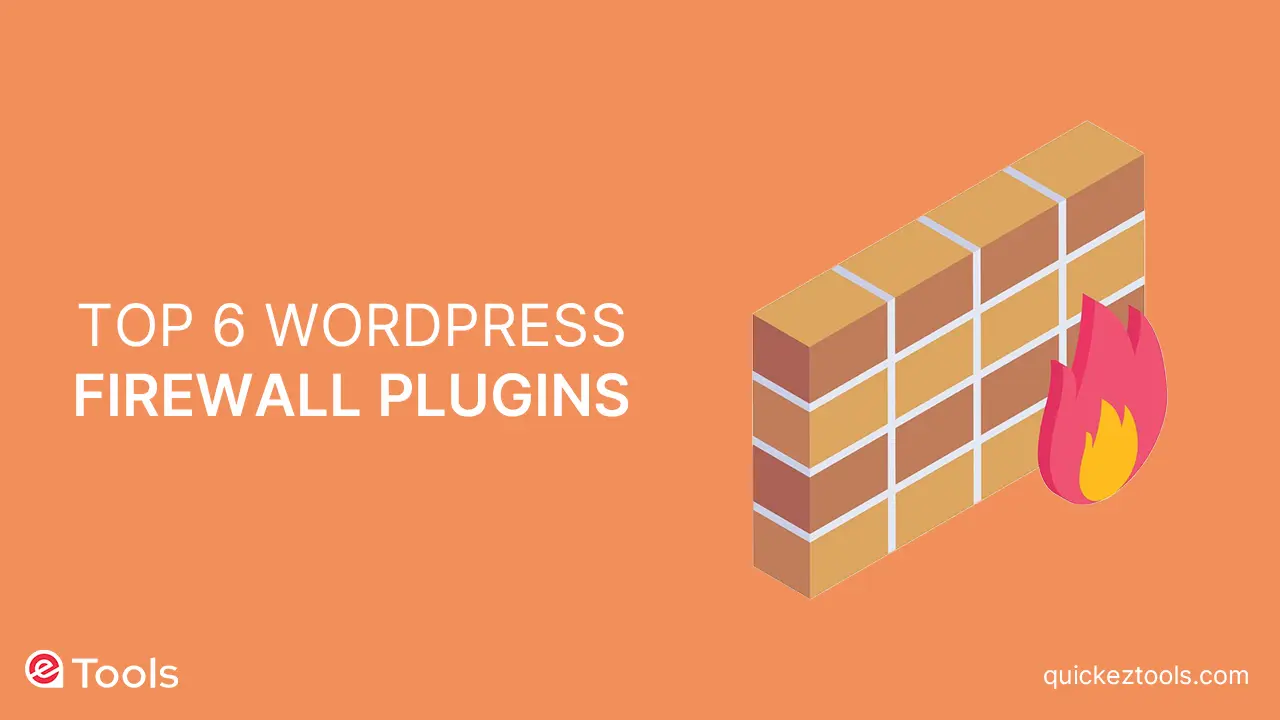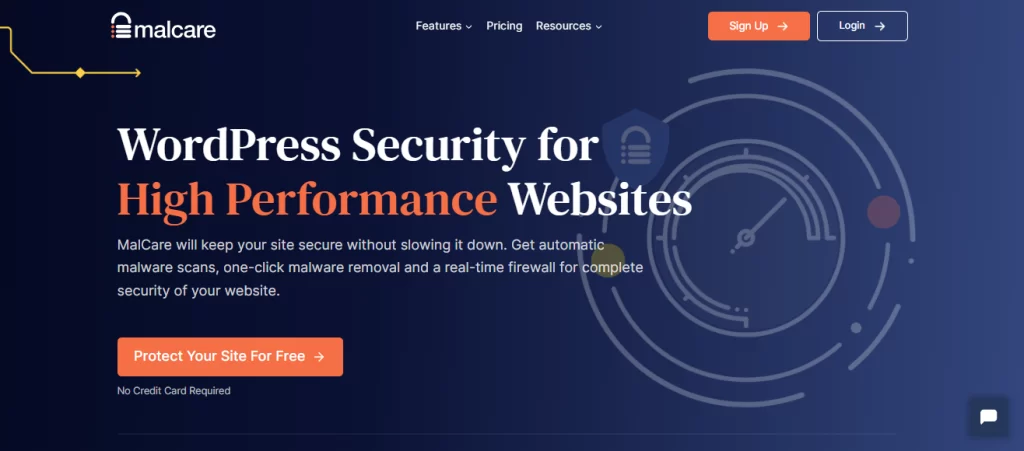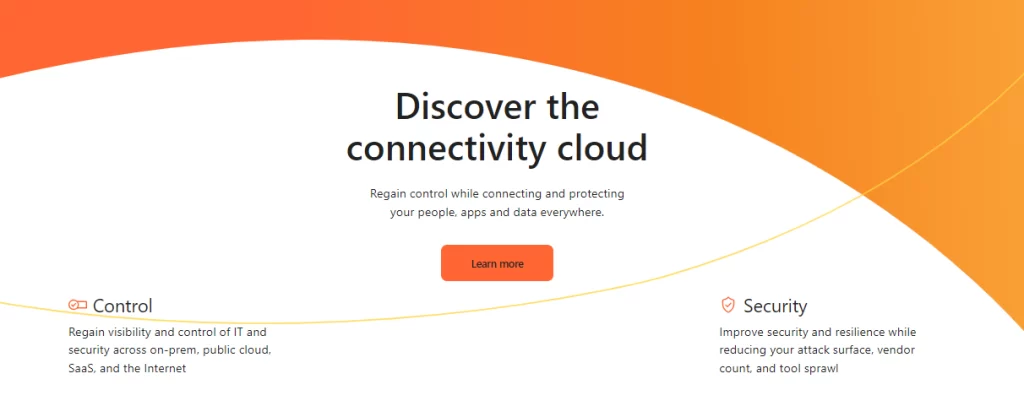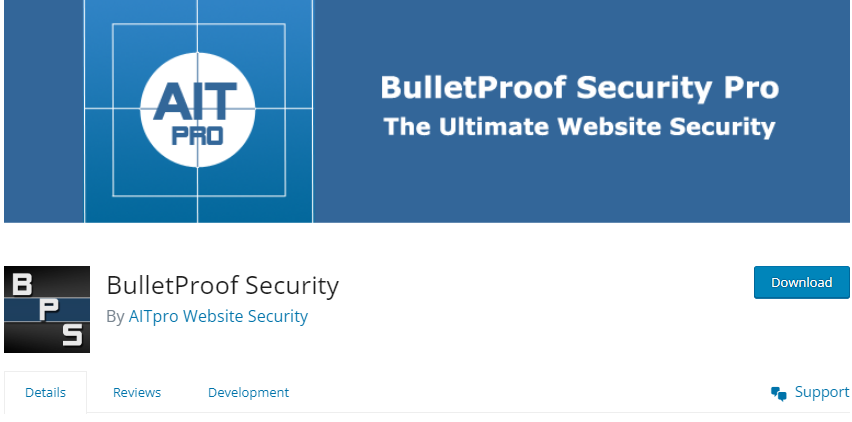
Are you searching for the top WordPress firewall plugins for your website? No worries WordPress firewall plugins act like a protective shield, protecting your website from hacking, brute force, and distributed rejection of service (DDoS) attacks.
In this guide, we will compare the best WordPress firewall plugins and consider how they count against each other.
Understanding WordPress Firewall Plugins
A WordPress firewall plugin, also known as a web application firewall or WAF serves as a wall between your website and incoming traffic. These web application firewalls monitor your website traffic and block many common security threats before they can reach your WordPress site.
In addition to greatly improving your WordPress security, these web application firewalls often improve your website’s speed and overall performance.
Two Common Types of WordPress Firewall Plugins
1. DNS Level Website Firewall: These firewalls direct your website traffic through their cloud proxy servers, allowing only genuine traffic to reach your web server.
2. Application Level Firewall: These firewall plugins examine the traffic after it reaches your server but before loading most WordPress scripts. While not as efficient as DNS level firewalls, they still contribute to reducing server load.
We recommend using a DNS level firewall due to its exceptional ability to distinguish between genuine website traffic and bad requests. These firewalls track thousands of websites, compare trends, identify botnets, block known bad IPs, and prevent traffic to pages that users would not typically request.
Moreover, DNS-level website firewalls significantly reduce the load on your WordPress hosting server, ensuring your website remains accessible.
Related Article: Top 7 Instagram WordPress Plugins
Choosing the best WordPress firewall plugins
Sucuri
Sucuri is a top website security company for WordPress firewall Plugins, offering a DNS level firewall, intrusion and brute force prevention, as well as malware and blacklist removal services. The setup is clear, requiring the addition of a DNS A record to your domain, pointing it to Sucuri’s CloudProxy instead of your website.
When you use Sucuri, your website traffic is directed through their CloudProxy servers. Each request is carefully scanned: legitimate traffic gets through, while any malicious requests are stopped in their tracks.
Sucuri not only safeguards your site from various attacks like SQL Injections, XSS, RCE, and more, but it also enhances your website’s performance. This is achieved by reducing server load through caching optimization, website acceleration, and utilizing Anycast CDN—all of which are part of the package.
Setting up Sucuri’s Web Application Firewall (WAF) is straightforward. Simply add a DNS A record to your domain, directing it to Sucuri’s CloudProxy instead of directly to your website.
Pricing: Starting from $199.99/year billed annually.
Rating: A+
MalCare

MalCare is another top WordPress security plugin with one of the best WordPress firewall Plugins. It provides endpoint security, deflecting threats before they reach your site. MalCare is a plugin-based firewall, making installation easy with just a few clicks.
MalCare is a plugin-driven firewall, boasting a perfect installation process. Unlike the configuring settings with DNS-based firewalls, MalCare can be set up with just a few clicks.
While many free web application firewalls depend on generic rules, leaving vulnerabilities for various attacks, MalCare provides a specialized WordPress firewall with real-time protection against the most severe threats.
Moreover, MalCare offers excellent bot protection, safeguarding your site from brute force bots, scraper bots, spam bots, and other malicious automated attacks.
Pricing: Starting from $99/year billed annually. Free plan available with basic features.
Rating: A+
Cloudflare
Cloudflare is known for its free CDN service, Cloudflare offers DDoS protection through its Pro plan. However, for website application firewall (WAF), you need to sign up for their Pro plan, as the free plan does not include it.
Cloudflare acts as a firewall at the DNS level, meaning your website traffic is visited through their network. This setup improves your website’s performance and minimizes downtime during periods of high traffic.
Under the Pro plan, you receive DDoS protection against layer 3 attacks. To safeguard against more sophisticated layer 5 and 7 attacks, you’ll need to upgrade to their business plan.
Cloudflare offers several benefits, such as CDN services, caching, and a vast network of servers. However, it lacks certain features like application-level security scans, malware protection, blacklist removal, and security notifications.
Additionally, it doesn’t provide monitoring for WordPress sites to detect file changes and other common security threats.
Pricing: Starting from $20/month for Pro plan and $200/month for Business.
Rating: A-
Wordfence Security

Wordfence Security is a popular WordPress security plugin with a built-in website application firewall. It monitors your site for malware, file changes, SQL injections, and more. Wordfence is an application level firewall, that blocks bad traffic after it reaches your server.
Wordfence acts as an application-level firewall, meaning it operates on your server and intercepts malicious traffic before it reaches your website. However, this method isn’t the most ideal for preventing attacks. The influx of bad requests can still pressure your server’s resources. Additionally, since Wordfence operates at the application level, it lacks a content delivery network (CDN).
Other than these limitations, Wordfence offers features like on-demand and scheduled security scans. You can also manually monitor traffic and block suspicious IPs directly from your WordPress admin dashboard.
Pricing: The basic plugin is Free. The premium version starts from $119/year for a single site license.
Rating: B+
Jetpack

Jetpack, a popular WordPress plugin in all WordPress firewall Plugins, includes security features with an application level firewall. While its free plan offers basic brute force protection and downtime monitoring, the professional plan is required for automated malware scanning and security fixes.
The free plan provides simple brute force protection and downtime monitoring. To access daily automated backups and automated spam filtering, you’ll need to upgrade to the Personal plan or higher.
For automated malware scanning and security fixes like those offered by Sucuri, you’ll need the Jetpack professional plan. While Jetpack offers many features at a reasonable price, for top-notch security, it’s recommended to opt for Sucuri or MalCare.
Pricing: The basic plugin is free. The premium security bundle starts at $5.97/month for the first year.
Rating: B
BulletProof Security
BulletProof Security is another popular security and WordPress firewall plugins with a built-in application level firewall. It comes with features like login security, database backup, and maintenance mode, but it may not provide the best user experience for beginners.
BulletProof security doesn’t provide a user-friendly experience, which might pose challenges for beginners trying to locate it. However, it does include a setup wizard that simplifies tasks like updating WordPress .htaccess files and activating firewall protection.
Unfortunately, it lacks a file scanner to detect malicious code on your website. To address this, the premium version of the plugin offers additional functionalities such as intrusion monitoring and scanning for malicious files in your WordPress uploads folder.
Pricing: Free basic plugin. The pro version costs $69.95 for unlimited sites and lifetime support.
Rating: C
Conclusion
In conclusion, after a thorough comparison of all WordPress firewall Plugins, Sucuri stands out as the best firewall protection for your WordPress site, offering a DNS-level firewall with comprehensive security features and impressive performance enhancements. MalCare also provides excellent value and is a close second on our list.”
1. What are WordPress firewall Plugins, and why do I need it?
A WordPress firewall plugin acts as a protective barrier between your website and potential security threats. It helps prevent hacking, brute force attacks, and DDoS attempts, ensuring the safety and integrity of your WordPress site.
2. How does a DNS level firewall differ from an application level firewall in WordPress?
In simple terms, a DNS level firewall directs your website traffic through cloud proxy servers, allowing only genuine traffic to reach your web server. On the other hand, an application level firewall examines traffic after it reaches your server but before loading WordPress scripts. While both offer protection, DNS level firewalls are often more efficient in reducing server load.
3. Why should I choose Sucuri as my WordPress firewall plugin?
Sucuri stands out as a leading website security company, offering a DNS level firewall, intrusion prevention, brute force protection, and malware removal services. It enhances website performance through caching optimization and an Anycast CDN. Sucuri provides comprehensive security features, making it a reliable choice to safeguard your WordPress site.
4. Are there free options for WordPress firewall plugins, and do they provide sufficient protection?
Yes, there are free options like Jetpack and Wordfence that offer basic firewall protection. While they provide some level of security, for more advanced features and comprehensive protection, considering premium options like Sucuri or MalCare may be worthwhile, depending on your website’s security needs.
5. Can I install WordPress firewall Plugins on my own, or do I need technical expertise?
Most WordPress firewall plugins, including Sucuri and MalCare, are designed to be user-friendly, allowing easy installation even for those without technical expertise. The setup process often involves simple steps like adding a DNS A record or clicking through an installation wizard. However, it’s recommended to follow the plugin’s documentation or support resources for a smooth setup process.







